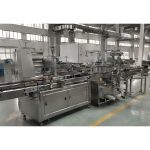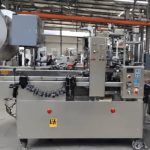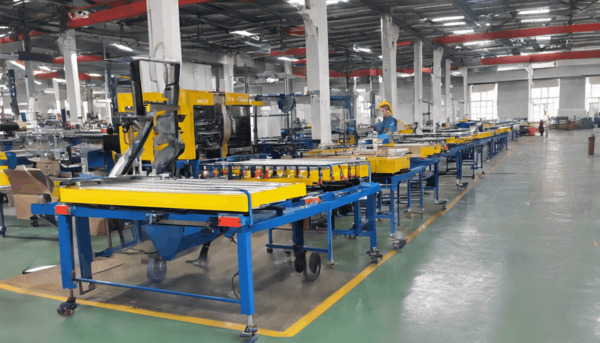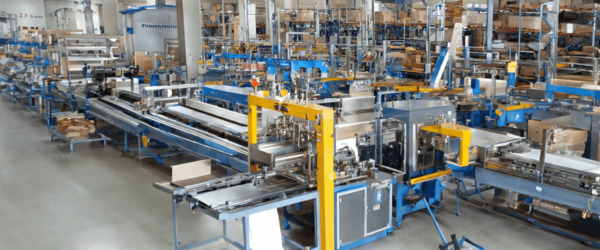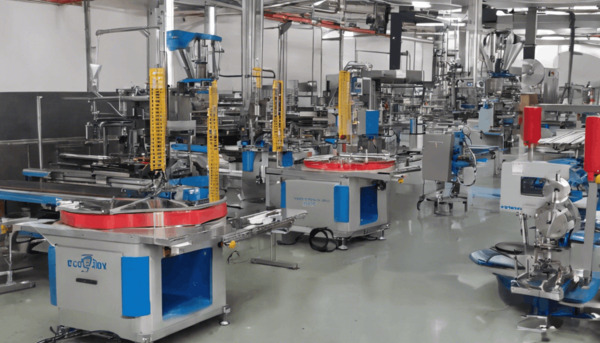
Understanding Carton Sealers
Carton sealers are essential machines in the packaging industry, designed to efficiently seal cartons or boxes with tape. They are widely used in various sectors, including food and beverage, pharmaceuticals, electronics, and logistics, to ensure that products are securely packaged for storage and transportation. Understanding how a carton sealer works can help businesses optimize their packaging processes and improve overall efficiency.
Types of Carton Sealers
Carton sealers come in different types, each designed to cater to specific packaging needs. The most common types include:
- Manual Carton Sealers: These are operated by hand and are suitable for low-volume packaging operations. They require manual feeding of the carton and manual application of the tape.
- Semi-Automatic Carton Sealers: These machines require manual feeding of the carton, but the sealing process is automated. They are ideal for medium-volume operations.
- Automatic Carton Sealers: These machines are fully automated, requiring minimal human intervention. They are suitable for high-volume packaging lines and can handle a large number of cartons efficiently.
Components of a Carton Sealer
A typical carton sealer consists of several key components that work together to achieve efficient sealing:
- Conveyor System: This component moves the cartons through the sealing machine. It can be powered by belts or rollers, depending on the design of the sealer.
- Tape Dispenser: The tape dispenser holds the sealing tape and applies it to the carton. It is usually adjustable to accommodate different tape widths.
- Cutting Mechanism: Once the tape is applied, the cutting mechanism cuts the tape to the desired length, ensuring a clean and precise seal.
- Guides and Adjustments: These components help align the carton correctly as it passes through the machine, ensuring that the tape is applied evenly.
How a Carton Sealer Works
The operation of a carton sealer involves several steps, which may vary slightly depending on the type of sealer used:
- Carton Feeding: The carton is fed into the sealer, either manually or automatically, depending on the machine type.
- Carton Alignment: The guides and adjustments ensure that the carton is correctly aligned for the sealing process.
- Tape Application: As the carton moves through the machine, the tape dispenser applies tape to the top and/or bottom flaps of the carton.
- Tape Cutting: Once the tape is applied, the cutting mechanism cuts the tape to the appropriate length, completing the seal.
- Sealed Carton Discharge: The sealed carton is then discharged from the machine, ready for further handling or shipping.
Benefits of Using Carton Sealers
Using carton sealers offers several advantages for businesses, including:
- Increased Efficiency: Carton sealers can significantly speed up the packaging process, allowing businesses to handle larger volumes of products in less time.
- Consistent Sealing Quality: These machines ensure that each carton is sealed with consistent quality, reducing the risk of product damage during transit.
- Reduced Labor Costs: By automating the sealing process, businesses can reduce the need for manual labor, leading to cost savings.
- Improved Safety: Automated carton sealers reduce the risk of workplace injuries associated with manual sealing tasks.
Considerations When Choosing a Carton Sealer
When selecting a carton sealer, businesses should consider several factors to ensure they choose the right machine for their needs:
- Volume of Production: The expected volume of cartons to be sealed will determine whether a manual, semi-automatic, or automatic sealer is appropriate.
- Carton Size and Shape: The sealer should be capable of handling the specific sizes and shapes of cartons used in the business.
- Type of Tape: Different sealers may be compatible with various types of tape, such as pressure-sensitive or water-activated tape.
- Budget: The cost of the sealer, along with maintenance and operational costs, should fit within the business’s budget.
Conclusion
Carton sealers are invaluable tools in the packaging industry, offering efficiency, consistency, and cost savings. By understanding how these machines work and the different types available, businesses can make informed decisions to enhance their packaging operations. Whether for small-scale manual sealing or high-volume automated processes, there is a carton sealer suited to meet the needs of any business.
